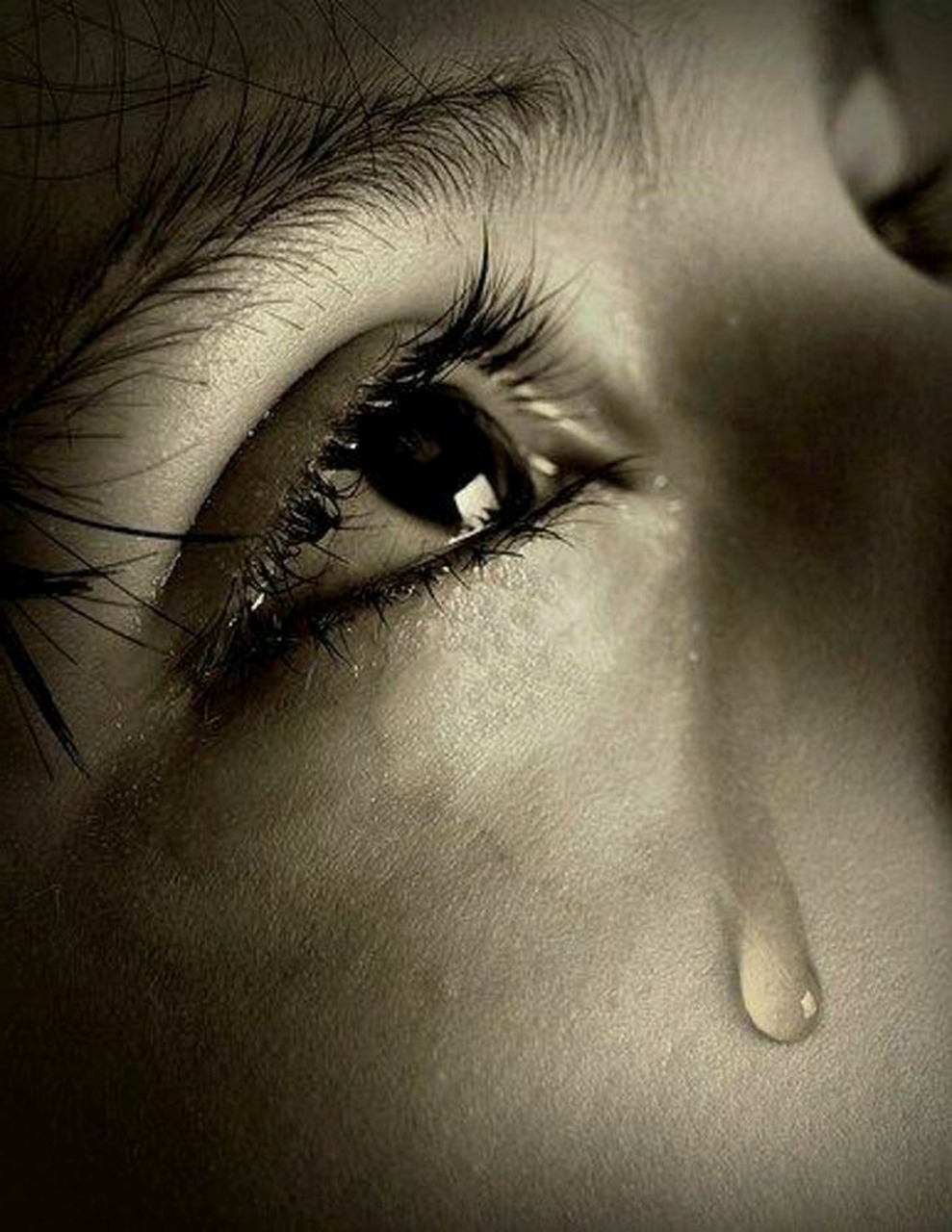Crying is a natural human response that is often associated with sadness, pain, or overwhelming emotions. Most people believe that crying is associated with something negative only. Well, that is not entirely true and I'm happy to tell you that it is not limited to that.
While many people view crying as a sign of weakness or vulnerability, it actually has several surprising benefits for both our physical and mental well-being. In this post, we will delve into the various advantages of shedding tears and the positive impact it can have on our overall health.
BENEFITS OF CRYING
1. Emotional Release
Out of the numerous benefits of crying, a notable one is the emotional release it provides. When we cry, we are expressing our deepest emotions and allowing ourselves to process and let go of pent-up feelings. Building up emotions can lead to increased stress, and even physical ailments. Crying acts as a natural catharsis, helping us release tension and find relief from emotional burdens.
2. Stress Relief
Tears contain stress hormones, so when we cry, we are literally releasing toxic substances from our bodies. Research has shown that crying can lower the levels of cortisol, the stress hormone, in our system. This reduction in stress hormones can help to alleviate feelings of anxiety and tension, promoting a sense of calm and relaxation.
3. Mood Enhancement
Crying has the power to boost our mood and provide emotional regulation. When we cry, our body releases endorphins, which are often referred to as "feel-good hormones." These endorphins can help to lift our spirits, improve our overall outlook, and create a sense of emotional well-being. Crying can also act as a form of self-soothing, bringing a sense of comfort and solace during times of distress.
4. Healing
Crying can be a healing process, both emotionally and physically. Studies have shown that tears contain lysozyme, a natural antibacterial agent that can help to cleanse our eyes and protect them from bacterial infections. Additionally, crying can stimulate the production of oxytocin, often referred to as the "love hormone," which can promote feelings of trust, bonding, and connection with others.
5. Empathy and Communication
Tears are a universal emotional signal that can convey a range of feelings, including sadness, joy, pain, or gratitude. When we cry, we are communicating our emotions to others and expressing vulnerability in a way that fosters empathy and understanding. Crying can help us connect with others on a deeper level, strengthen relationships, and foster emotional intimacy.
6. Self-Reflection and Growth
Crying can also be a catalyst for self-reflection and personal growth. By allowing ourselves to experience and process our emotions through crying, we can gain insight into our innermost thoughts, fears, and desires. This introspection can lead to greater self-awareness, increased emotional intelligence, and a deeper understanding of ourselves and others.
7. Coping Mechanism
Crying serves as a coping mechanism for dealing with loss, grief, trauma, or disappointment. It provides an outlet for expressing pain and sorrow, allowing us to navigate difficult situations and come to terms with our emotions. Crying can be a healthy way to cope with life's challenges, providing a sense of release and acceptance in the face of adversity.
8. Cultural and Gender Norms
It is important to acknowledge that the perception of crying varies across different cultures and genders. In some cultures, crying is seen as a sign of strength and emotional depth, while others may see it as a sign of weakness or vulnerability. Similarly, gender norms can play a role in how crying is perceived, with certain expectations placed on men and women regarding emotional expression. It is essential to recognize and challenge these cultural and societal norms to create a more inclusive and compassionate understanding of crying as a natural and beneficial human experience.
CONCLUSION
In conclusion, crying is a powerful and essential aspect of the human experience that offers a multitude of benefits for our physical, mental, and emotional well-being. By embracing our tears and allowing ourselves to express our emotions openly and authentically, we can tap into the healing, transformative, and connecting power of crying. Rather than seeing crying as a sign of weakness, we should recognize it as a profound and meaningful expression of our humanity, capable of bringing comfort, healing, and growth to our lives.
Remember, it's okay to cry. Let your tears flow, for they carry the essence of your emotions and the promise of healing and renewal.
